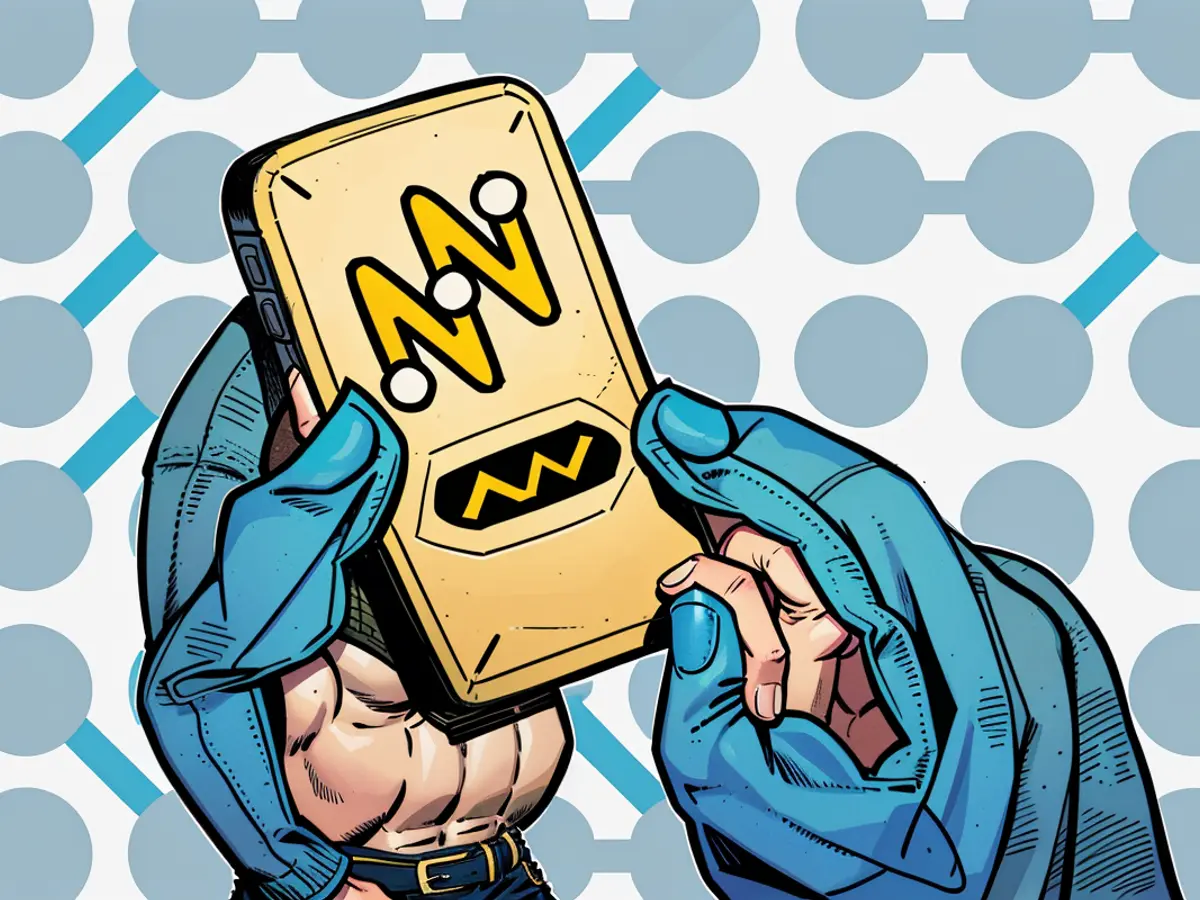Installing a 'Cool Roof' could lead to financial savings from reduced energy expenses.
One of the significant contributors to your monthly utility bills is the cost of heating and cooling your house. While sealing up your attic or crawlspace can help improve the efficiency of your HVAC system, there's also another measure you can take to keep your home cool during the hot summer months while reducing your overall energy consumption: a cool roof. A cool roof is an extra tool to boost your cooling efficiency system that could save you money on your AC bill.
How a cool roof works
A cool roof is designed to reflect more sunlight from its surface than a standard roof, making it more efficient in keeping your home cool when it's hot outside. It's similar to how wearing light-colored clothing in the sun can keep you cooler. A cool roof can reflect both visible and infrared wavelengths of light, preventing heat absorption into the roof and heating up your home. Several materials can reflect heat from roofs, some involving lighter-colored materials, while others incorporate materials that reflect infrared wavelengths without significantly changing the appearance of your roof.
The advantages of having a cool roof
A cool roof can reduce the external temperature of your roof by up to 50 degrees during a hot day, according to the U.S. Department of Energy. These roofs can help bring your home's temperature down to safer levels even without air conditioning. They can also give your existing air conditioner a boost, cutting down on your energy bill. In some cases, the exterior temperature reduction of a cool roof can even extend the lifespan of your roof by reducing wear caused by heat on your roofing materials.
The downsides of installing a cool roof
If you live in a chilly climate, a cool roof can result in higher home heating costs. In these locations where the "winter heating penalty" exceeds the energy savings of your cool roof, you're better off not installing one.
Installing a cool roof on an existing roof in good condition can be expensive.
The different kinds of cool roofs
Several materials can be used to create a cool roof, and the options available could vary depending on the roof's slope, the climate you live in, and your aesthetic preferences.
For steeper roofs (over 2:12 pitch):
- Ceramic-coated asphalt shingles
- Light-colored wood shingles or shakes
- Composite shingles that are light in color or have an infrared-reflective coating
- Light-colored or cool-coated terracotta or clay tiles
- Light-colored or cool-coated concrete tiles
- Light-colored or cool-coated metal shingles or tiles
For low-sloping roofs (less than 2:12 pitch):
- Light-colored or cool-coated single-ply membrane
- A built-up roof with a cap sheet that has a reflective mineral coating or an additional layer of reflective marble or slag
- A modified bitumen sheet membrane with a mineral coating or an added reflective coating
- A spray foam roof
For steep or low-slopping roofs
Standing-seam metal roofs are suitable for both steep and low-sloped roofs and can be coated like metal shingles or tiles with a light color or infrared-reflective finish.
Green roofs
Green roofs can also lower the temperature inside your home, and although installing one could be a complex process, a modular green roof system can save you some money on your project and offer many of the advantages of a built-in green roof.
When is the best time to put in a cool roof?
Once it's time to replace your current roof, a cool roof can be installed for similar costs to a traditional roof. Swapping out a sturdy traditional roof with a cool product will be more expensive than waiting, but if you have a metal roof or a membrane roof, you can likely apply a cool coating to your existing roof, even if it's not time for a complete roof replacement.
Read also:
After installing a cool roof, you might notice a reduction in your energy bills due to less reliance on air conditioning. This is because a cool roof reflects more sunlight, keeping your home's interior temperature lower during the summer. Furthermore, maintaining your home with a cool roof can even extend the lifespan of your roofing materials by reducing heat-related wear.








